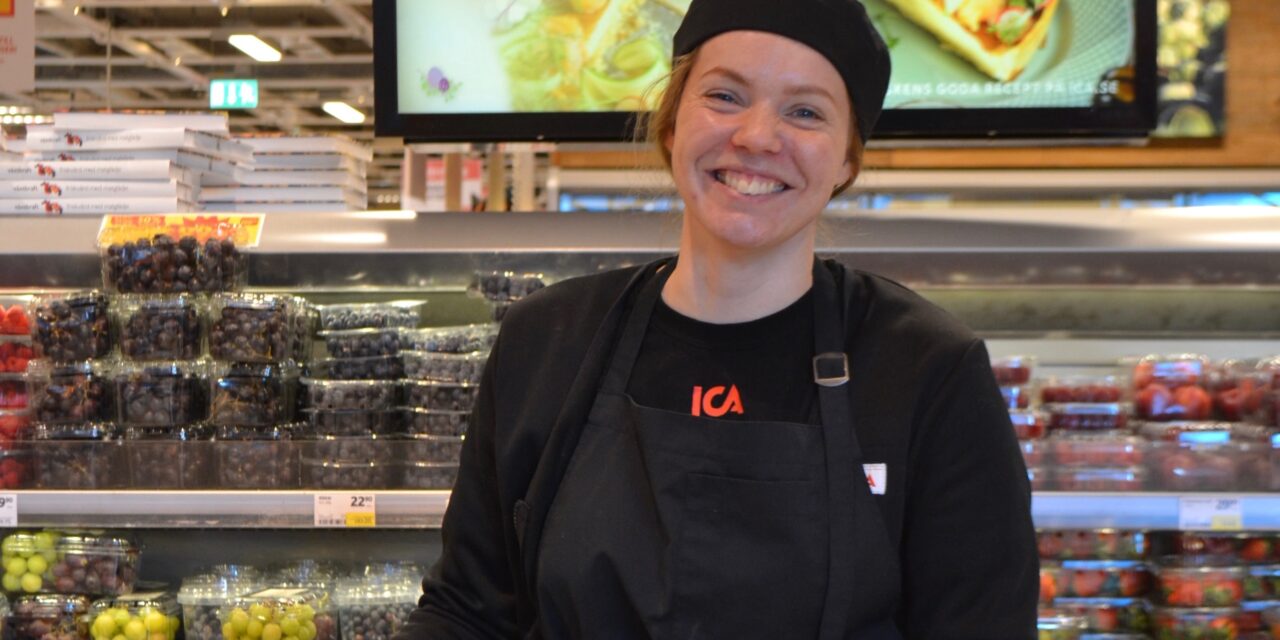224 000 tons of food and drinks are poured down into the Swedish drains every year. And that’s just in private households. Grocery stores, restaurants and factories are all struggling with food waste and many are trying to find new ways of reducing this.
We have all been involved or contributed to food waste, although it remains a problem that is overlooked by many. But how come it’s so hard to reduce it? What are the actual factors our dear grocery stores must take into account when they want to reduce food waste?
I called the expert in the area, Stefan Farehed, who has been working together with different grocery stores for 12 years to help them reduce their waste. He begins by explaining the economic impact it has on food stores, using a local village supermarket near Ängelholm as an example. Farehed claimed that the store “has a yearly revenue of around 400 million Swedish kroner, but 8 million of those are spent on food waste;” millions of kroner wasted.
In today’s society, we are spoiled. We settle for foods of higher quality and specific brands, leaving perfectly good products to waste. Producers are constantly competing for distribution across grocery stores, pressured by the demand from consumers. Farhed explains that every store has a huge amount of different suppliers and producers and that “stores are worried to lose customers if they don’t have that specific product that the customer is looking for”. He continues with an example of a recent store he visited.
“The store buys a 12 pack of yoghurt every second week because there is this one customer who specifically asks for it. However, the store only sells around two yoghurts a week, meaning there are eight cartons left which no one buys.”
To combat this issue, Farehed advised the store to let the customer taste some of the better selling yoghurt brands. The customer enjoyed the other yoghurt and agreed to switch to this brand instead. Win-win, less food waste and no customer loss. A great approach from which grocery stores can communicate with their customers, shaping their demand as a result.
Farehed put me in contact with one of the store managers who has been trying to actively reduce their food waste, Gert Schultz. His store has a food counter where customers can buy ready-made food. Schultz explains that they are using food that would have been wasted in many of their dishes. “It’s still very good food, the problem is that we can’t get it sold because there is a small scratch for example”.
However, the store has additionally added a small kitchen which is called “Hjärteköket” and translates “The kitchen of hearts”. This is a relatively new department in the store which allows all wasted food that can’t be sold to be re-made and then sold as small food packages. Most of the food that comes here are vegetables and fruit with small defects making them difficult to sell.
Schultz explains that if the customers themselves “are interested in learning more about what the store is doing to prevent food waste, we have a whole page on our website explaining it”. The store also takes action by selling products that are about to expire a bit cheaper. In this way, both the customer and the store can save some money.
As a customer, there are a few things you can do to reduce food waste. Farehed says that he and his wife don’t “shop every day and that we try to use the things in our fridge. Sometimes it’s cauliflower with pasta. But it still tastes good”. Despite expiry dates, foods can often still be used beyond these. It helps to be aware of what your regular store is doing, as they may have discounted foods that have nearly expired or have slight defects, but are still of the same quality. Saving money and wasting less food seems a no-brainer after all.
In the small video below we follow Rebecca who’s taking care and preparing the food that would’ve gone to waste in the small kitchen called “Hjärteköket”.
[embed]https://youtu.be/QhPh-cxtouI[/embed]



